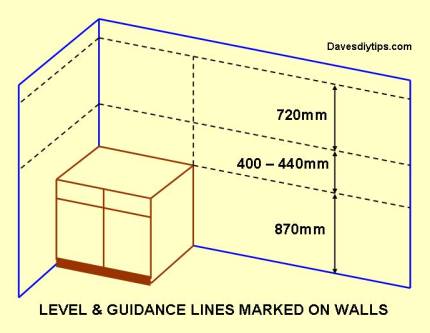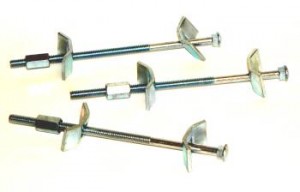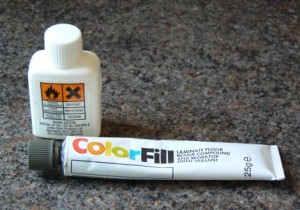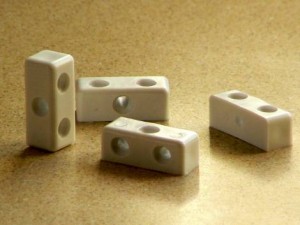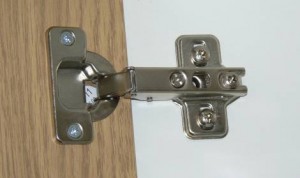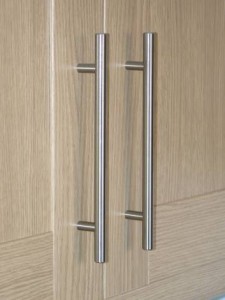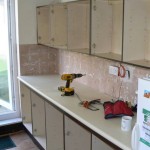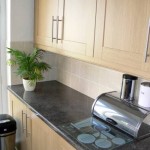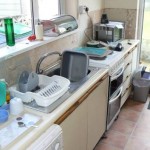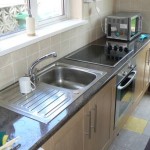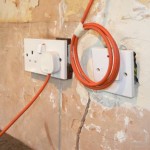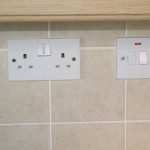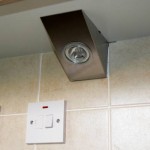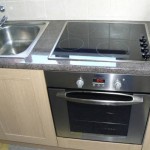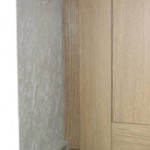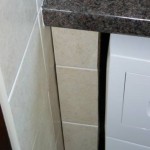Regulations in 2015/2016
After I attended a briefing and update session today by the NICEIC I can report on some of the main points of interest to property owners:-
- Between January and July 2015 electrical installations work undertaken can comply with either the old or the new regulations. From July 2015 the new regulations will apply except in one regard in respect of replacement or new Consumer Units. Any electrical contractor engaged should by January be conversant with the new regulations.
- Not unexpectedly the changes to regulations are there mainly to improve safety to persons and property. A few of the changes are to better align our regulations alongside common European regulations.
- For home owners, from January 2016 at the latest, the main change will be a slightly different construction for Consumer Units (aka Fuse Box). Consumer Units will need to be of a fire resistance construction, in other words steel. They may not be quite so pretty and the method for the cables entering the Consumer Unit may not be so flexible or pretty either. We shall have to wait and see what the manufacturing industry comes up with over time as they accommodate this new requirements. I would forecast that prices for these new steel Consumer Units will be more expensive to manufacture and will take a little longer to install. It also means that from mid 2014 there could be a flood of 3rd Amendment Regulation non compliant Consumer Units available at knock down prices.
- For commercial businesses, schools, colleges and government buildings there will be stricter requirements for additional protection against electric shock on socket outlet circuits by increasing the use of safety devices called RCDs. It will be a useful change in increasing safety but it does mean perhaps increased costs and in some cases a different approach to design circuits for computer equipment in offices and education establishments.
- The will be more focus of design, inspection and testing of control circuits such as those used for central heating systems. This could present some challenges for Gas/Oil heating system engineers who may in the future have to call in an electrician whereas previously they could have completed the wiring to control valves, controllers and thermostats themselves. This too will have cost implications on home owners.
- The regulations for formal Inspection are changing a little as well. Enough require all new stationary and reference material for electrical contractors. Also new methods and adjustments to learn how to use for recording results.
- Interestingly there is a new regulation that when Periodic Inspections and Tests (EICR)are being undertaken in Homes and Business Premises then inspection to some degree or another in accessible loft spaces is now required unless recorded as a reasonable non compliance. Previously the inspection of wiring in loft spaces was a reasonably accepted omission. This is certainly a safety improvement as I personally have found a fair number of safety issues with wiring in lofts.
- Another change is the need to ensure cables that run above or across safe exit routes but be secured with supports that will resist heat/fire. This is to avoid fire fighters and escapees being tangled up in drooping wire when try to get out of fire damaged building. Apparently the Fire Fighters requested this changes because there had been several deaths because of this problem. To installing electricians this is a fairly easy requirement to meet by using metal type buckle clips or purpose designed cable retainers for use inside trunking.
- In the new Regulations there will now be approximately 1500 individual regulations, and increase of several hundred compared to the current issue.





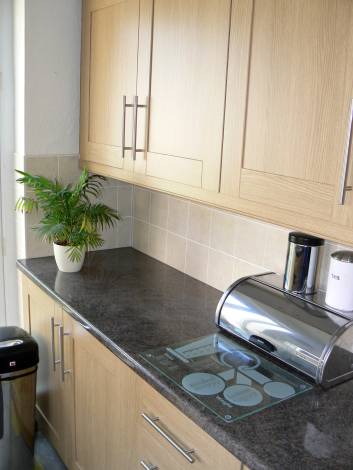

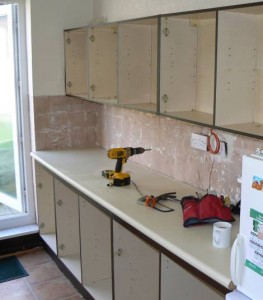 Remove all the doors, drawers and shelves first, then remove any screws that are fixing the worktop(s) to the base units. If the worktop edges are under tiles you may have to remove some, if not all of them to ‘free up’ the worktop. Some old kitchens have the worktop glued to the base units so the only removal solution may be a lump hammer and crowbar.
Remove all the doors, drawers and shelves first, then remove any screws that are fixing the worktop(s) to the base units. If the worktop edges are under tiles you may have to remove some, if not all of them to ‘free up’ the worktop. Some old kitchens have the worktop glued to the base units so the only removal solution may be a lump hammer and crowbar.